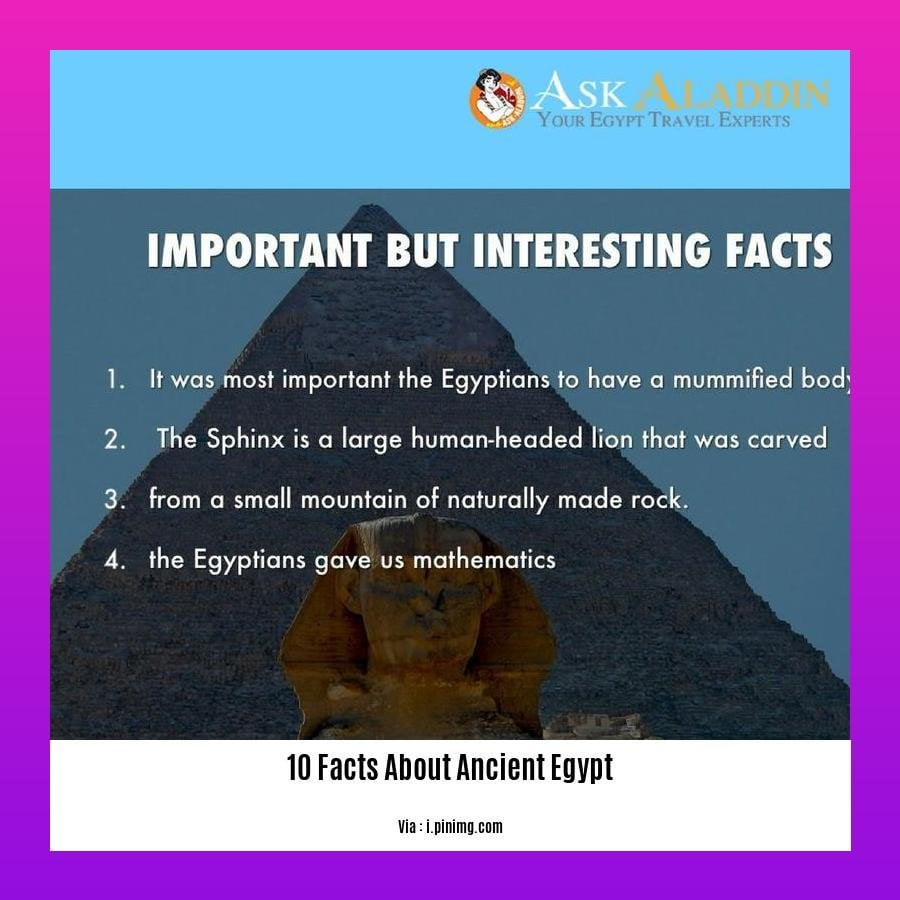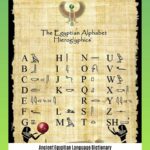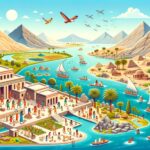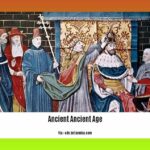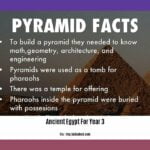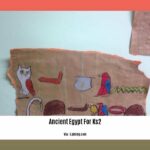Prepare to be amazed as we embark on a journey through time to discover [10 Facts That Will Surprise You About Ancient Egypt]! From the awe-inspiring pyramids that dot the desert landscape to the intricate hieroglyphs that tell tales of ancient pharaohs, this article will illuminate the mysteries of this captivating civilization. Discover the secrets behind the construction of these monumental structures, the rituals associated with mummification, and the communication methods used by the people of ancient Egypt. Get ready to unravel the enigmas of a bygone era!
Key Takeaways:
- Ancient Egypt holds the title of the world’s first civilization, with an impressive 3,000-year reign.
- Science and engineering thrived in ancient Egypt, with notable achievements in mathematics, astronomy, architecture, and medicine.
- The Nile River served as the lifeblood of ancient Egypt, providing fertile grounds for agriculture and transportation.
- Hieroglyphics were used as a sophisticated writing system, and the ancient Egyptians practiced mummification and had a rich mythology.
- A structured social order existed, with the pharaoh at the helm, followed by priests, scribes, nobles, farmers, and slaves.
- Ancient Egypt boasted incredible monuments like the Great Pyramids of Giza and the Temple of Luxor, showcasing their architectural prowess.
- Beyond its borders, ancient Egypt’s culture and wisdom were adopted by other civilizations in the Mediterranean and beyond.
10 Facts About Ancient Egypt
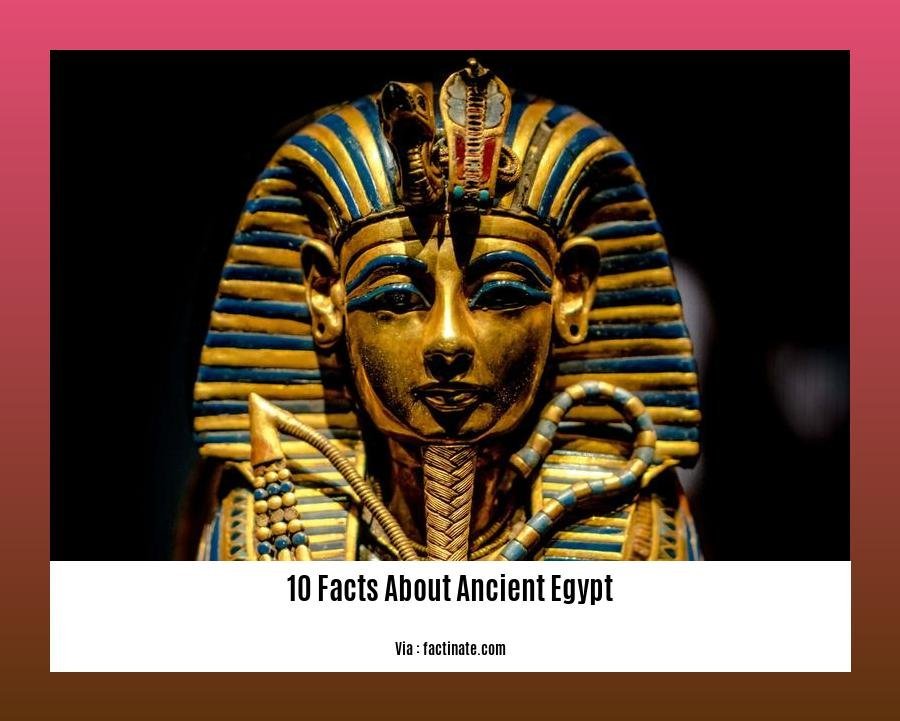
Journey back in time to explore the captivating civilization of ancient Egypt, where the sands hold secrets and the Nile River flows with tales of wonder. Here are ten intriguing facts that will transport you to the world of pharaohs, gods, and enduring legacies:
1. The Gift of the Nile:
Ancient Egypt flourished along the mighty Nile River, the lifeblood of its civilization. Its predictable flooding patterns created fertile soil, allowing for bountiful harvests and supporting the growth of a thriving population.
2. Hieroglyphics: A Sacred Script:
The ancient Egyptians developed a complex system of writing called hieroglyphics, using symbolic pictures and signs to record their history, religious beliefs, and everyday lives. Deciphering this script unlocked the secrets of their civilization.
3. Architectural Marvels:
The ancient Egyptians were master builders, renowned for their awe-inspiring monuments. The Great Pyramids of Giza, the Sphinx, and colossal temples stand as testaments to their architectural prowess and enduring legacy.
4. Mummification: Preserving the Soul’s Journey:
The ancient Egyptians believed in life after death, practicing intricate mummification techniques to preserve the body for the afterlife. Mummification ensured the deceased’s soul would continue its journey into the next realm.
5. Divine Pantheon:
Ancient Egypt had a rich pantheon of gods and goddesses, each with distinct roles and powers. From the sun god Ra to the underworld ruler Osiris, these deities influenced every aspect of daily life, inspiring devotion and awe.
6. Pharaohs: Divine Rulers:
At the apex of ancient Egyptian society stood the pharaoh, considered a divine ruler and intermediary between the gods and the people. Pharaohs held absolute power, leading armies, constructing monuments, and ensuring the kingdom’s prosperity.
7. Advanced Medicine and Science:
The ancient Egyptians made significant strides in medicine and science. They performed intricate surgeries, set broken bones, and had a rudimentary understanding of anatomy. Their knowledge of astronomy guided their calendar and agricultural practices.
8. Cosmetics and Beauty Rituals:
Ancient Egyptians placed great importance on personal appearance. They used kohl to accentuate their eyes, applied fragrant oils to their skin, and adorned themselves with jewelry, reflecting their appreciation for aesthetics and personal grooming.
9. Cultural Diversity:
Ancient Egypt was a melting pot of cultures, with influences from Nubia, the Mediterranean, and beyond. This diversity contributed to the richness of their art, architecture, and religious beliefs, shaping the unique tapestry of ancient Egyptian civilization.
10. Enduring Legacy:
The legacy of ancient Egypt continues to captivate the world. Their art, architecture, and culture have inspired countless generations, leaving an indelible mark on history. From hieroglyphics to mummification, the ancient Egyptians’ contributions to human civilization remain a source of wonder and fascination.
As we delve into the depths of ancient Egypt’s history, we uncover a world of ingenuity, creativity, and spiritual beliefs that continue to inspire awe and admiration.
Ready to discover something incredible? Dive into the realm of the 7 wonders of the ancient world psp and let the beauty of these architectural marvels captivate you.
Sip on the rich history and bold flavor of ancient age 10 year bourbon, a tribute to centuries-old craftsmanship and smoother aging.
Treat your taste buds to the smooth, refined notes of ancient age bourbon whiskey, a timeless elixir that blends tradition with modern elegance.
3. They preserved bodies.
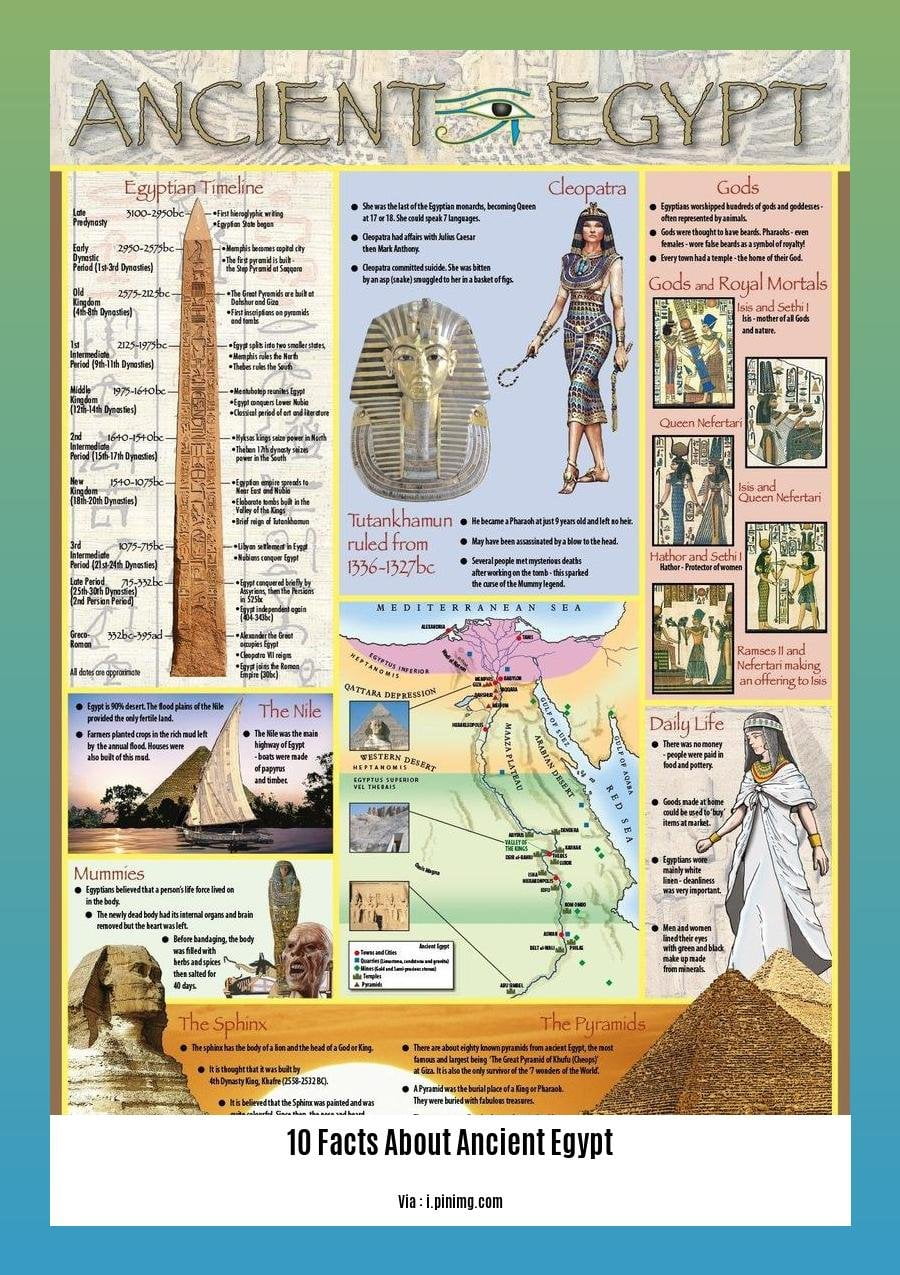
Mummification in Ancient Egypt was a remarkable practice that exemplified their belief in the afterlife and the importance of preserving the physical body for the soul’s journey.
Key Takeaways:
- Preserving the body was seen as a crucial step for the soul’s journey into the afterlife, where it would reunite with the body.
- The mummification process involved embalming, organ removal, body treatment with natron, and wrapping the body in linen strips.
- The elaborate mummification rituals and techniques varied across different periods of ancient Egyptian history.
- Mummification provided insights into ancient Egyptian medicine, health, and religious beliefs.
- Today, mummies serve as valuable historical artifacts, shedding light on ancient Egyptian culture and daily life.
Evolving Mummification Techniques:
– Early Dynastic Period (3100-2686 BCE): Simple burial practices, bodies wrapped in linen and placed in shallow graves.
– Old Kingdom Period (2686-2181 BCE): Use of natron for body preservation, linen wrapping, and placement in wooden coffins.
– Middle Kingdom Period (2055-1650 BCE): Introduction of more elaborate mummification techniques, including organ removal and the use of amulets and spells.
– New Kingdom Period (1550-1069 BCE): Height of mummification practices, with complex rituals, elaborate coffins, and the use of canopic jars for organ storage.
Religious Significance:
- The ancient Egyptians believed that the preserved body would serve as a dwelling place for the soul in the afterlife.
- The mummification process was seen as a sacred ritual, performed by priests with specialized knowledge and skills.
- Amulets, spells, and prayers were often placed with the mummy to protect and guide the deceased in the afterlife.
Medical Insights from Mummies:
– Mummies have provided valuable insights into ancient Egyptian medicine and health practices.
– Researchers have studied mummies to learn about diseases, injuries, and dietary habits of ancient Egyptians.
– Mummies have also revealed evidence of surgical procedures, such as amputations and dental work.
Conclusion:
Preserving bodies was a central part of ancient Egyptian beliefs and practices. The mummification process was a meticulous and sacred ritual that aimed to ensure the deceased’s safe passage into the afterlife. Today, mummies continue to captivate and inform us about the intricacies of ancient Egyptian culture, religion, and medicine.
Sources:
– “Mummies: A Journey Through Eternity” by Joyce Tyldesley
– “The Egyptian Mummies: In Pursuit of Immortality” by Rosalie David
9. They Used Hieroglyphs.
Ancient Egypt was a civilization that thrived for over 3,000 years, and during that time, they developed a unique and fascinating form of writing: hieroglyphics. One of the most complex and intriguing aspects of ancient Egyptian culture, hieroglyphs were not just a way to communicate, but also a form of art. Here are some surprising facts about hieroglyphs:
Key Takeaways:
Hieroglyphs were predominantly used in religious texts, royal decrees, and elite tombs.
Their intricate artistic style made them more challenging to learn and write compared to other writing systems.
The ancient Egyptians believed hieroglyphs possessed divine power and that writing them correctly was essential for effective communication with gods.
Hieroglyphs often accompanied illustrations, creating a visually appealing and informative text that conveyed both words and images.
The decipherment of hieroglyphs in the 19th century was a breakthrough that unlocked a wealth of ancient Egyptian history and culture.
Hieroglyphs: A Sacred and Complex Writing System
The ancient Egyptians had a rich and sophisticated writing system known as hieroglyphs. These unique symbols, often used in religious texts, royal decrees, and elite tombs, were more than just a means of communication. They were also works of art, carefully crafted and believed to possess divine power. Hieroglyphs weren’t easy to learn and write, but their artistic style and intricate designs made them visually stunning.
The Power of Images and Words
An intriguing aspect of hieroglyphs is how they often accompany illustrations, creating a visually engaging and informative text. The ancient Egyptians believed that the combination of words and images conveyed a more complete message, and these illustrated texts provide valuable insights into their history, culture, and mythology.
Unlocking the Secrets of the Past
The decipherment of hieroglyphs in the 19th century marked a significant breakthrough in ancient Egyptian studies. Jean-François Champollion, a French scholar, played a vital role in this endeavor, unlocking the secrets of this complex writing system. This achievement opened up a wealth of information about ancient Egyptian history and culture, allowing us to glimpse into their world and understand their beliefs, practices, and daily lives.
Sources:
Ancient Egyptian Hieroglyphs: A Detailed Guide to Their History and Usage
Hieroglyphs and the Rosetta Stone
FAQ
Q1: Is it true that there are only a few pyramids in Egypt?
A1: Contrary to popular belief, there are actually over 100 pyramids in Egypt, with the most famous ones being the Great Pyramids of Giza. These monumental structures were built as tombs for the ancient Egyptian pharaohs and served as a symbol of their power and divinity.
Q2: Were pyramids used solely as tombs for pharaohs?
A2: While pyramids are primarily known as burial chambers for pharaohs, they also served other purposes. Some pyramids were built as cenotaphs, symbolic tombs that commemorated a pharaoh’s reign without actually containing their remains. Additionally, some smaller pyramids were constructed for royal family members or high-ranking officials.
Q3: How did ancient Egyptians preserve their dead bodies?
A3: The ancient Egyptians developed an elaborate process called mummification to preserve the bodies of their deceased loved ones. This process involved removing the internal organs, treating the body with natron, a natural salt, and then wrapping it in linen bandages. The mummification process was believed to ensure the deceased’s safe passage into the afterlife and the reunification of their soul with their preserved body.
Q4: Did all ancient Egyptians know how to read and write hieroglyphs?
A4: Hieroglyphic writing was a complex system of symbols used by ancient Egyptians for religious and governmental purposes. It was not widely known among the general population, and only a select group of scribes and priests were literate in hieroglyphs. The majority of ancient Egyptians used a cursive form of hieroglyphs called hieratic for everyday writing.
Q5: What other forms of writing did ancient Egyptians use besides hieroglyphs?
A5: In addition to hieroglyphs, ancient Egyptians developed two other forms of writing, hieratic and demotic. Hieratic, a simplified version of hieroglyphs, was used for administrative and literary purposes, while demotic, a further simplified form, was used for everyday writing and communication. Both hieratic and demotic scripts were widely used throughout ancient Egyptian history.
- Star Ring Trends: Etsy vs Amazon - March 28, 2025
- Boost Pollinator Habitats: Baby Blue Eyes Sustainable Farming Guide - March 28, 2025
- Protect Big Black Bears: Effective Conservation Strategies - March 28, 2025
